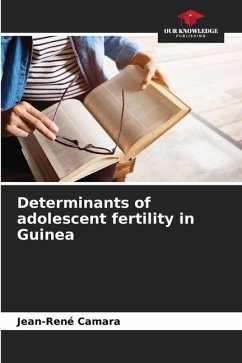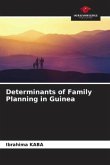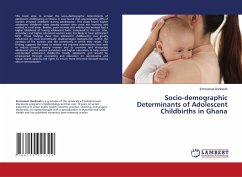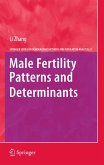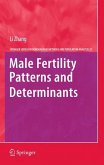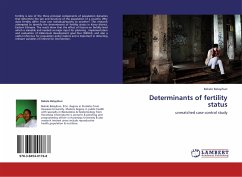Adolescent fertility, with its social, health and economic implications at both individual and collective levels, is an important factor in the life of the population in all societies. The aim of this study is to gain a better understanding of the factors that determine adolescent fertility in Guinea, so as to be able to propose to political decision-makers, educators/parents and development partners areas of intervention with a view to controlling adolescent fertility in general and adolescent girls in particular. Essentially based on data from the 2005 Demographic and Health Survey (DHS-3 Guinea), the study, after defining the methodological approaches and presenting and evaluating the data, attempts to explain the variation in adolescent fertility in terms of its differential aspects and the impact of each of the variables. A sketch of an explanation for these variables completes our work. One observation: overall, adolescent fertility remains high in Guinea. It accounts for 14% of a woman's final offspring.
Bitte wählen Sie Ihr Anliegen aus.
Rechnungen
Retourenschein anfordern
Bestellstatus
Storno

